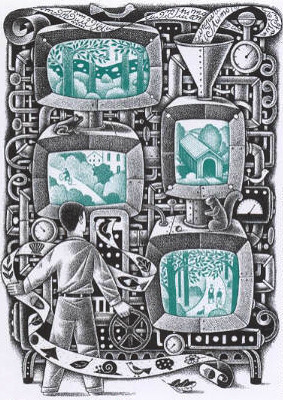Read an excerpt from this article below. You can download the full article by using the link at the end of the excerpt.
Does your community have a long-range transportation plan? How about a plan to upgrade and expand the airport, sewage treatment plant, storm water facilities, fiber optics cables, or other community utilities? Most growing communities have such plans, but many of these same communities have no plan to preserve their essential life sustaining natural infrastructure.
Webster’s New World Dictionary defines infrastructure as “the substructure or underlying foundation, especially the basic installations and facilities on which the continuance and growth of a community depends.”
Just as growing communities need to upgrade and expand their gray infrastructure (i.e. roads, sewers, utilities), so too, they need to upgrade and expand their “green” infrastructure — the network of open space, woodlands, wildlife habitat, parks and other natural areas, which sustain clean air, water, and natural resources and enrich their citizens’ quality of life.

According to Charles Little, author of Greenways for America, the concept of green infrastructure began 130 years ago with Frederick Law Olmstead, Sr., the designer of New York’s Central Park as well as Boston’s Emerald Necklace. “No single park,” Olmstead believed, “would provide people with all the beneficial influences of nature.” Instead, parks should be linked to one another and to surrounding residential neighborhoods.
Likewise, more than 60 years ago the South African Wildlife Society recognized the importance of connections to maintaining the continent’s wildlife. By the 1960’s, U.S. ecologists had become believers in the need to create an “integrated conservation system” that protects wildlife while maintaining natural landscape processes.
Both of these concepts — Olmstead’s linking chains of parks, and ecologists’ linking conservation areas to counter habitat fragmentation — have come together in planning for systems of green space. …
End of excerpt
Ed McMahon is one of the country’s most incisive analysts of planning and land use issues and trends. He holds the Charles Fraser Chair on Sustainable Development and is a Senior Resident Fellow at the Urban Land Institute in Washington, DC. McMahon is a frequent speaker at conferences on planning and land development.
Over the past 21 years, we’ve been pleased to have published more than two dozen articles by McMahon in the Planning Commissioners Journal, and now on PlannersWeb.com.